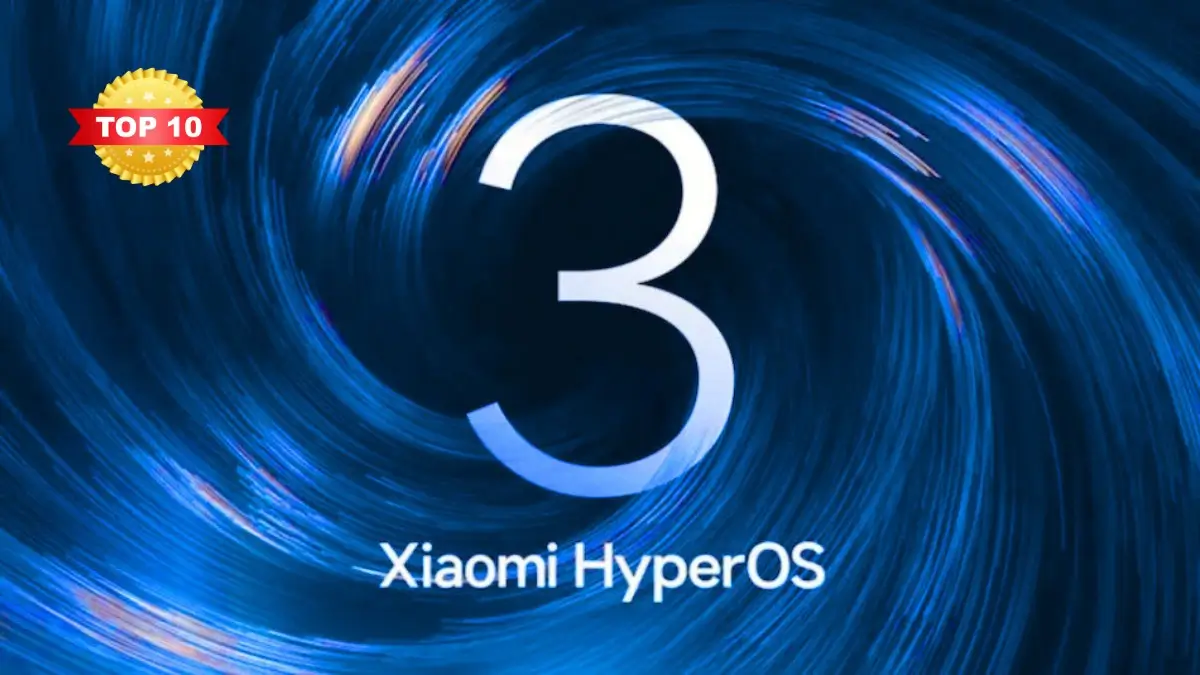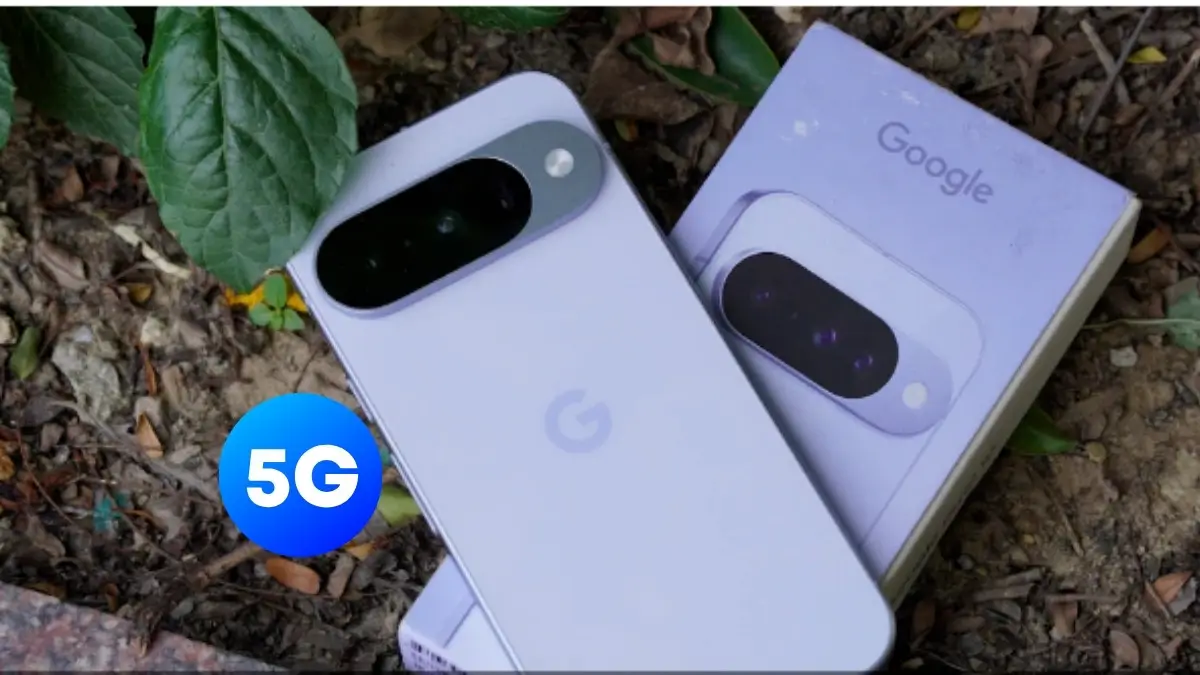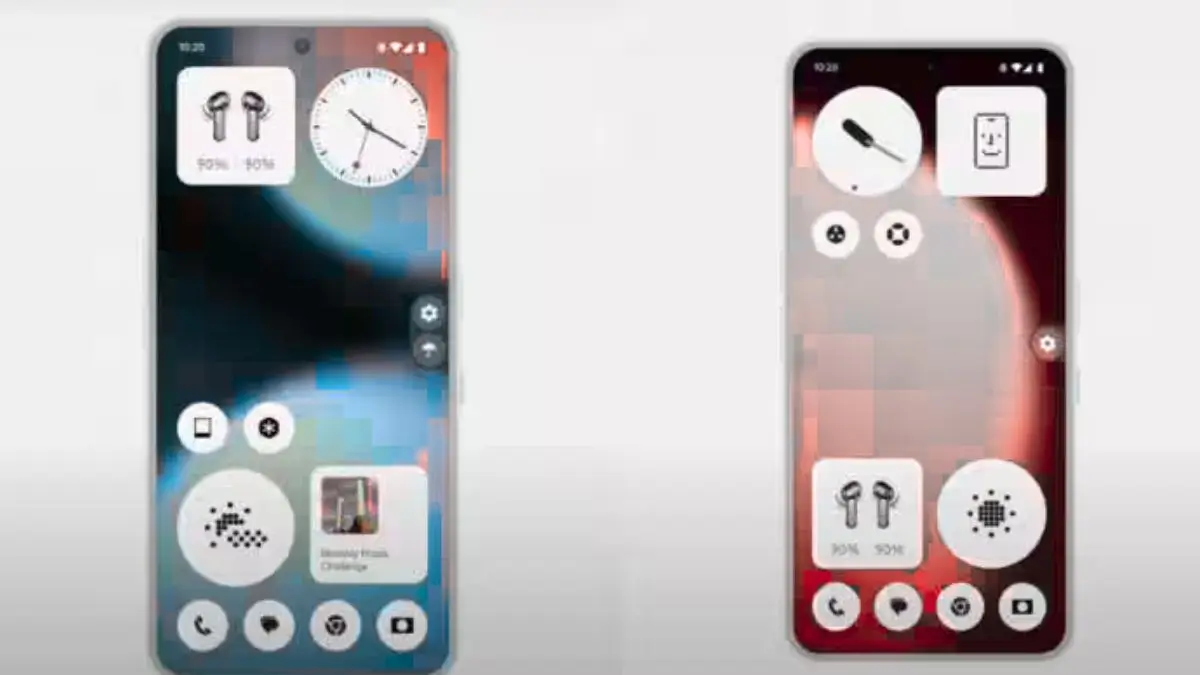Xiaomi has officially opened its HyperOS 3 global beta programme, giving international users an early chance to test its Android 16-based software. The update, which was first showcased in China in late August, is now preparing for a wider rollout. Packed with design changes, new AI features, and performance upgrades, HyperOS 3 promises to redefine the Xiaomi software experience.
In this article, we take a closer look at how to join the beta programme, what new features HyperOS 3 brings, and when you can expect it on your Xiaomi, Poco, or Redmi device.
Global Beta Testing Now Open
The announcement came directly from Xiaomi’s HyperOS account on X (formerly Twitter), confirming that global users can now register for the beta programme. Applications are being accepted only through the Xiaomi Community app, which serves as the official platform for sign-ups.
To join, users need an active Xiaomi Community account. Once signed in, the process is simple: go to Me > Beta Testing, and follow the on-screen steps. If selected, beta builds of HyperOS 3 will arrive via OTA updates directly to your device.
It is important to note that beta builds can contain bugs and may cause stability issues. Xiaomi advises against installing these early versions on your primary device. Users are also encouraged to back up their data before attempting the update.
A Major Update Based on Android 16
HyperOS 3 is Xiaomi’s most ambitious update yet, built on Android 16 and enhanced with the company’s in-house HyperCore technology. According to Xiaomi, the new version reduces CPU load by four percent and improves energy efficiency by 10 percent compared to HyperOS 2. Performance is said to be 30 percent faster overall, promising smoother operation across supported devices.
The update also builds on last year’s efforts to make Xiaomi’s software ecosystem more unified, with better performance across phones, tablets, and connected devices.
New Design and UI Changes
One of the standout features of HyperOS 3 is its visual refresh. Xiaomi has redesigned system icons, introducing new shapes for battery and Wi-Fi indicators. Animations are smoother, giving the interface a polished and modern feel.
The update also introduces cinematic lock screens and dynamic wallpapers powered by AI. These wallpapers change based on user interaction and device context, adding a personalized touch to the experience.
Another highlight is the Super Island notification system, clearly inspired by Apple’s Dynamic Island. Notifications and alerts appear in a pill-shaped interface at the top of the screen, offering quick access to key information and multitasking shortcuts.
AI Features Take the Spotlight
Artificial intelligence is at the heart of HyperOS 3. The update introduces a new AI chatbot with on-screen awareness, allowing it to provide contextual responses and assistance across apps. For instance, it can recognize content on your screen and offer quick actions.
Visual lookup is another addition, enabling users to identify objects, text, or places from within photos. The Photo Album sharing feature also gains AI-driven enhancements, making it easier to organize and share memories.
These tools reflect Xiaomi’s focus on integrating AI into everyday tasks, putting it in line with global rivals like Google and Samsung.
Cross-Device Connectivity
HyperOS 3 also expands on Xiaomi’s ecosystem vision. Cross-device features now allow for app continuity on Macs, syncing photos with iPhones, and unified reminders across devices. This means you can start a task on one device and continue it on another seamlessly.
For users with multiple gadgets, this improved connectivity is a significant upgrade. It makes the Xiaomi ecosystem more competitive with Apple’s iOS and macOS integration.
Security and Privacy Upgrades
With more features comes greater focus on security. HyperOS 3 includes dual authentication, enhanced data encryption, and a more advanced device search system. These updates aim to give users greater control over their personal data while improving protection against unauthorized access.
Security has become a major selling point in the smartphone market, and Xiaomi is clearly working to build user trust with these additions.
Global Release Timeline
While the global beta has now opened, the stable version of HyperOS 3 is expected to debut on September 24, according to teasers on Xiaomi’s official channels. The rollout will begin with flagship devices such as the Xiaomi 15 series and Redmi K80 series, before expanding to more models in October.
In China, the beta programme started on August 29, giving early adopters a chance to test the software ahead of international users. Now, with the global beta live, it is clear Xiaomi is moving quickly toward a wider release.
Final Verdict
Xiaomi HyperOS 3 looks like a significant leap forward, combining smoother performance, AI-driven tools, and a fresh design. Features such as the Super Island notification system, cinematic lock screens, and cross-device connectivity show Xiaomi’s ambition to create a complete ecosystem rivaling Apple and Samsung.
The global beta programme is an exciting opportunity for enthusiasts to try the new software early, though it comes with the usual risks of instability. For most users, waiting for the stable release in late September will be the safer choice.
















